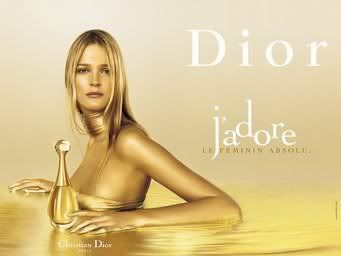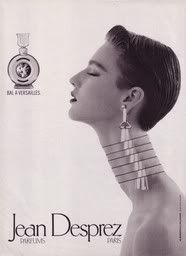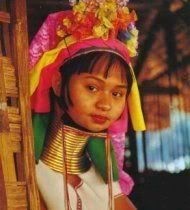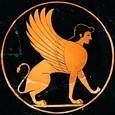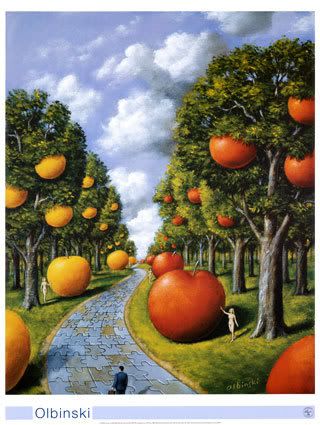
The aroma of leather in scent is akin to smelling a forest of silver birches in the cold ringing air for the first time, inhaling the insides of a pallisander humidor full of “Cohiba” accompanied with a good malt in a tumbler. It's the razor strap of an old-fashioned barbershop and the smell of saddle and leather-bound old books or savouring a post-coital cigarette. Much like the latter it is often hard to resist and a habit difficult to curb.
Whether one is familiar with perfume lingo or not, fragrances rich in the tannic essence of leather are bound to make an impression, be it one of rapture or one of abjection. It is no coincidence that either of those two sentiments usually ensues on people smelling leathery scents: there is seems to be no middle ground.
But let’s begin at the beginning. What is a leather fragrance? Why is it called thus? What does it smell like?
Leather scents pose a problem in taxonomy. Often appearing as a subdivision of the chypré family, leathery scents span the spectrum between feminine and masculine propositions often marrying other accords which might shift the focus into other families (fougère, oriental and chypré). Perhaps the answer to that is to allot them a separate family, as already properly classified (cuir) by the Société Française des Parfumeurs and from thereon subdivide into nuances. To be more specific, SFDP classify leather fragrances as category G, to be divided in true leathers (G1), floral leathers (G2 usually with notes of iris or violet) and tobacco leathers (G3, with smoky or woody notes and blond tobacco).
It is perhaos a great unjustice that leather/cuir has been a bastion of masculine perfumery. Feminine exempla do occur though and with wonderful results of refined taste.
It is worthy of note that leather is one of the oldest notes in perfumery, going back to the tradition of Gantiers et Parfumeurs; a Guild occupying itself with scenting the leather gloves of the aristocracy, in the 16th century, when pleasurably scented essences were used to mask the malodorous aura of newly tanned leather that had the lingering smell of the materials used in curing the hides, such as urine and dung. A profession out of which that of the perfumer arised. On this subject we will revert on a subsequent instalment. Nonetheless the notion of leathery scents stems from those times and is associated with those materials, trying to replicate the aroma of cured hides. Rendering an animalistic aroma that is redolent of Thanatos and inevitably Eros.
However leather perfumes can have several pitch variables, whether naturally or synthetically derived, making the perception of “leather” confusing and variable. From slightly sweet or with a smoked ambience, especially in specimens when the leather note is coupled with that of tobacco, to possessing a tar-like aroma that is especially simpatico with some idiosyncrasies, perfumes of this genre cater to different interpretations of leather. The matter is further complicated by the modern mention of “suede” note, a synthetic slightly salty accord that interprets the imaginary note of a soft, velvety pliable material we are all familiar with through fashion ~especially shoes. And lately fashion has been instrumental in bringing this forgotten family of scents back au courant.
It is often the association with clothing and accessories such as gloves, luxurious handbags and briefcases, chaps/breeches and battered motorcycle jackets that are most often at the back of people’s minds when thinking about a scent that smells of leather.

There is also the fetishist scene that adores leather for its rough/smooth aspect which is mirrored in the scent itself. This is played up into the evocation of several leathery scents that project an aura of the forbidden or the risqué. But liberty, freedom and individualism can also be viewed as expressions of leather, especially when conjuring up images of adventure, motorcycling, aviation and equestrian activities. The simple leather cord suspending a silver charm on the neck of a youth full of vigour is tantamount to a signal to the world at large of an emancipated identity.
The evocation seems to be conditioned though by frequent exposure to leather that has been treated with aromatic essences, taking into account that the whole aromatization business of hides rested exactly on the axis of people not liking the raw smell of leather per se. Perhaps the subconscious evocation of death and decay that is intrinsic to tanneries is at the heart of this aversion.
There is also the matter of differentiation between different animals procuring their hides: cowhide smells quite different than horsehide, for instance.
Many people also report gasoline or petrol impressions emanating from the bottle of a cuir scent: this has to do with methods of production and is not just their cranky nose, apparently, as you might have thought.
Whatever it might consist of, leather has its special magnetic pull: upon opening an Italian handbag of pedigree, you can’t resist burying your nose into the insides and inhaling the smooth, pungent smell of luxury. And that of nostalgia too: the longing of smelling a forgotten furry-trimmed glove on the back seat of a Rolls.
Next instalments on the series will focus on origins of leather scents and the production of leather notes.

.jpg)
